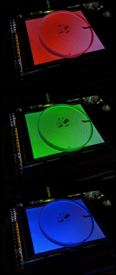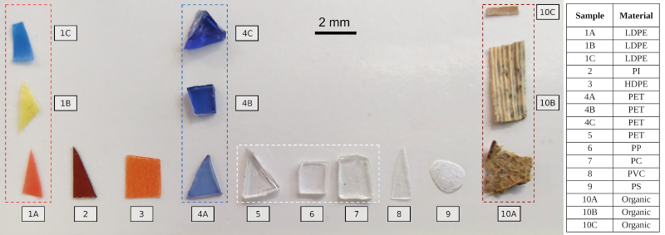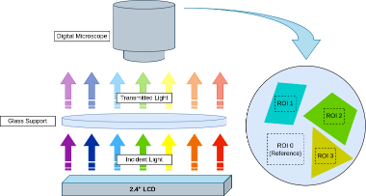 News
News
New Advances in Microplastic Detection:An Affordable Approach Using Transmitted…
Plastic pollution has become a global environmental crisis that has reached critical levels in recent years. The extensive use of plastic in various sectors such as food packaging, electronics and construction has resulted in an unprecedented amount of plastic waste being generated and dispersed into the environment. This plastic waste can now be found in the most remote regions of the world, including the oceans, where it poses a significant threat to marine life and ecosystems. The presence of plastic debris has the potential to permanently disrupt the natural balance of ecosystems, harming both humans and wildlife.
Identifying, quantifying and classifying microplastics is essential to addressing this critical and challenging problem. However, the detection of microplastics is a complex task due to their small size, low concentration, and the intricate nature of their physical and chemical properties.
Recent advances in analytical techniques such as Raman spectroscopy and Fourier transform infrared (FTIR) spectroscopy have shown promise in the detection and characterization of microplastics. Despite their effectiveness, the measurement time for these techniques can be relatively long, making them less suitable for high-throughput applications. In addition, the cost of equipment and maintenance, as well as the need for specialized training, are significant barriers to the widespread use of these methods.
A recent scientific article, “Microplastic Identification in Marine Environments: A Low-Cost and Effective Approach Based on Transmitted Light Measurements” proposes a compact and affordable measurement system for the easy identification of microplastics in marine environments. This study, carried out by a research group from the University of Messina, uses transmitted light to identify microplastic debris, providing a simple and effective method for material characterization.
The proposed system consists of a single-board computer equipped with a programmable display and a digital microscope. The LCD serves as a programmable light source, while the digital microscope records and analyzes changes in the spectrum of light transmitted by the samples under test (SUT). These SUTs are placed on a clear glass slide in the optical path between the LCD and the detector (the digital microscope). The system estimates the amount of light transmitted through the samples and uses this information to identify and classify microplastics.
The results of this research have been published in Vol. 13 No. 2 (2024) of the Acta IMEKO journal. The full paper is available here

